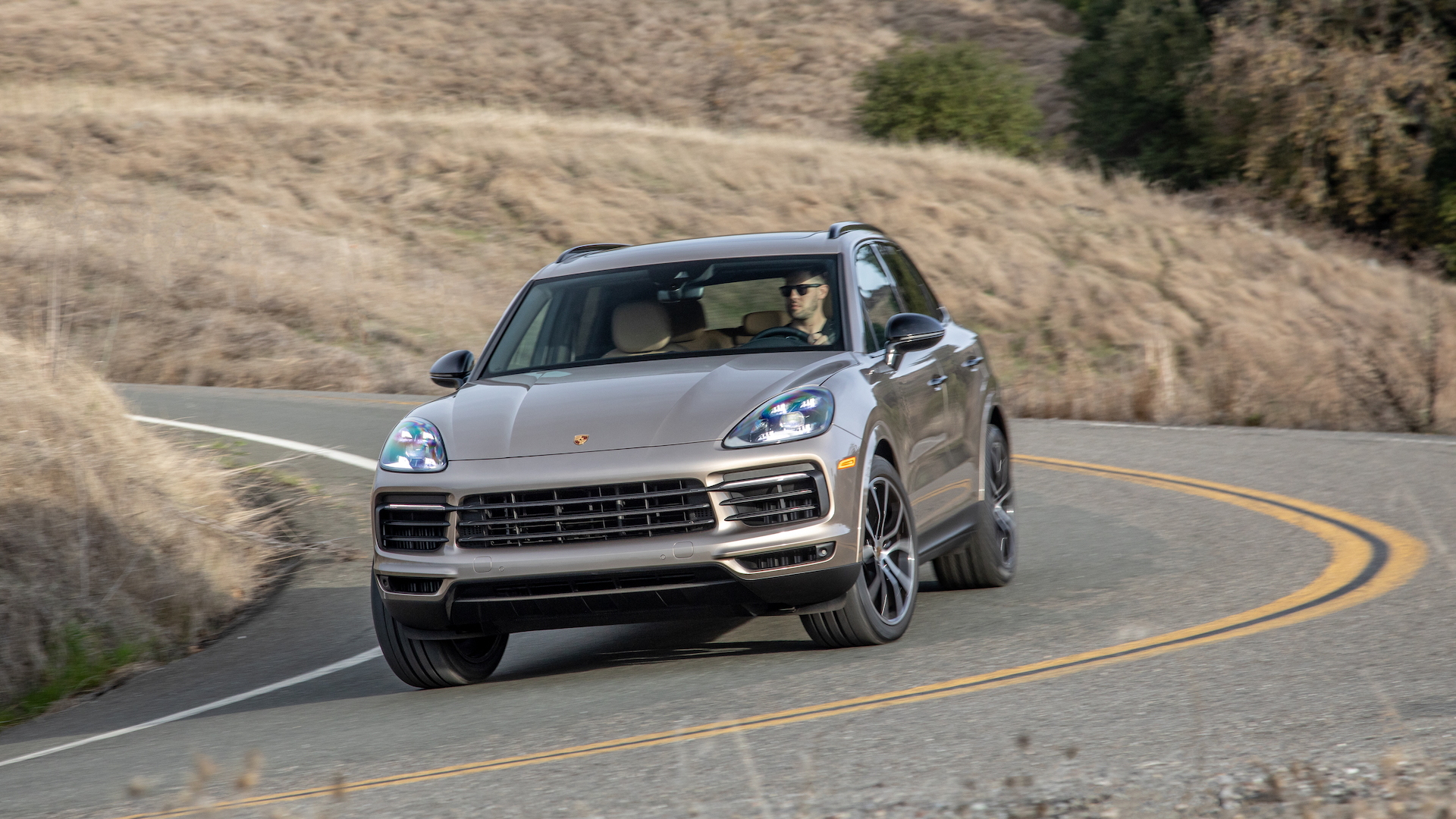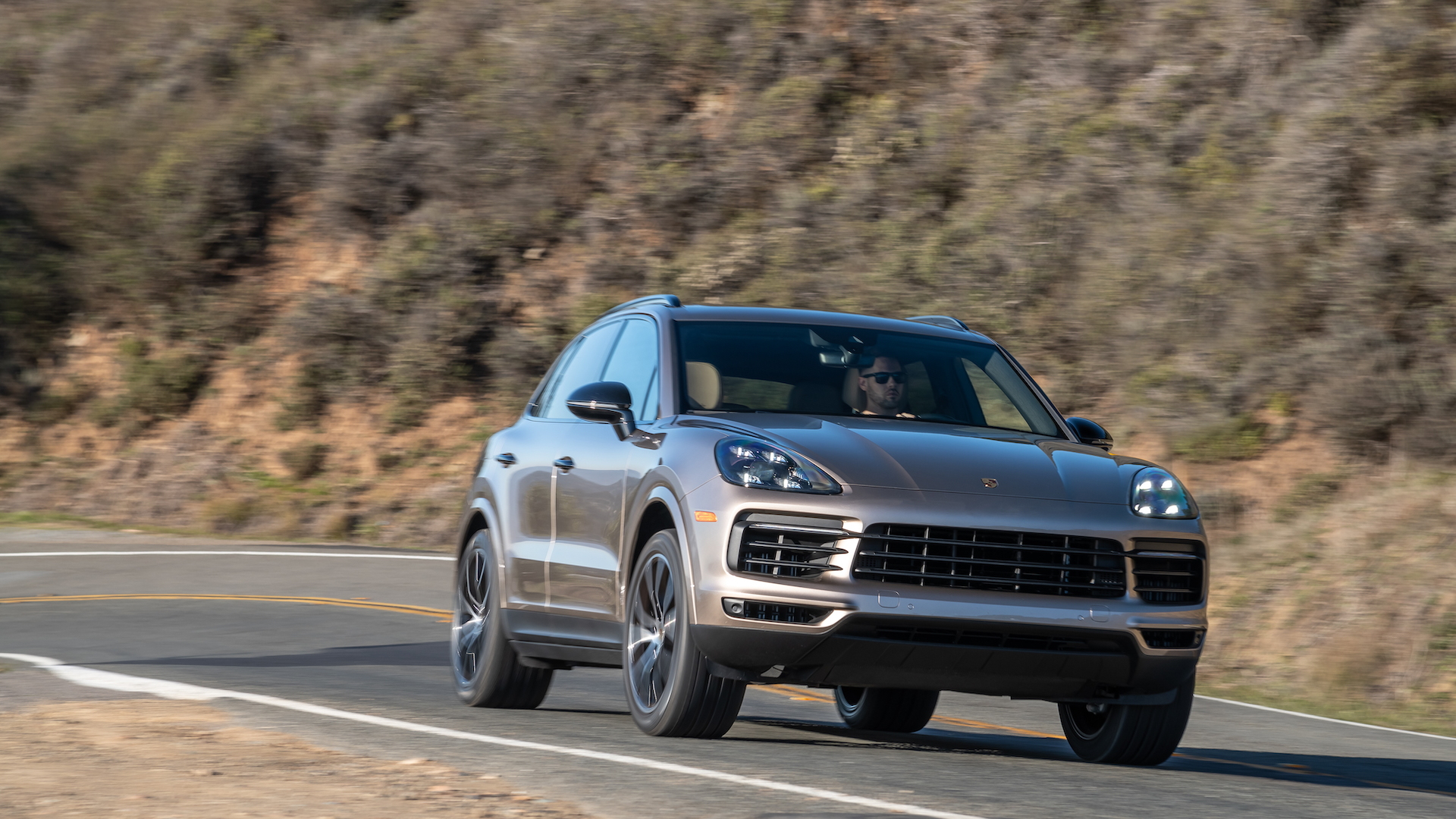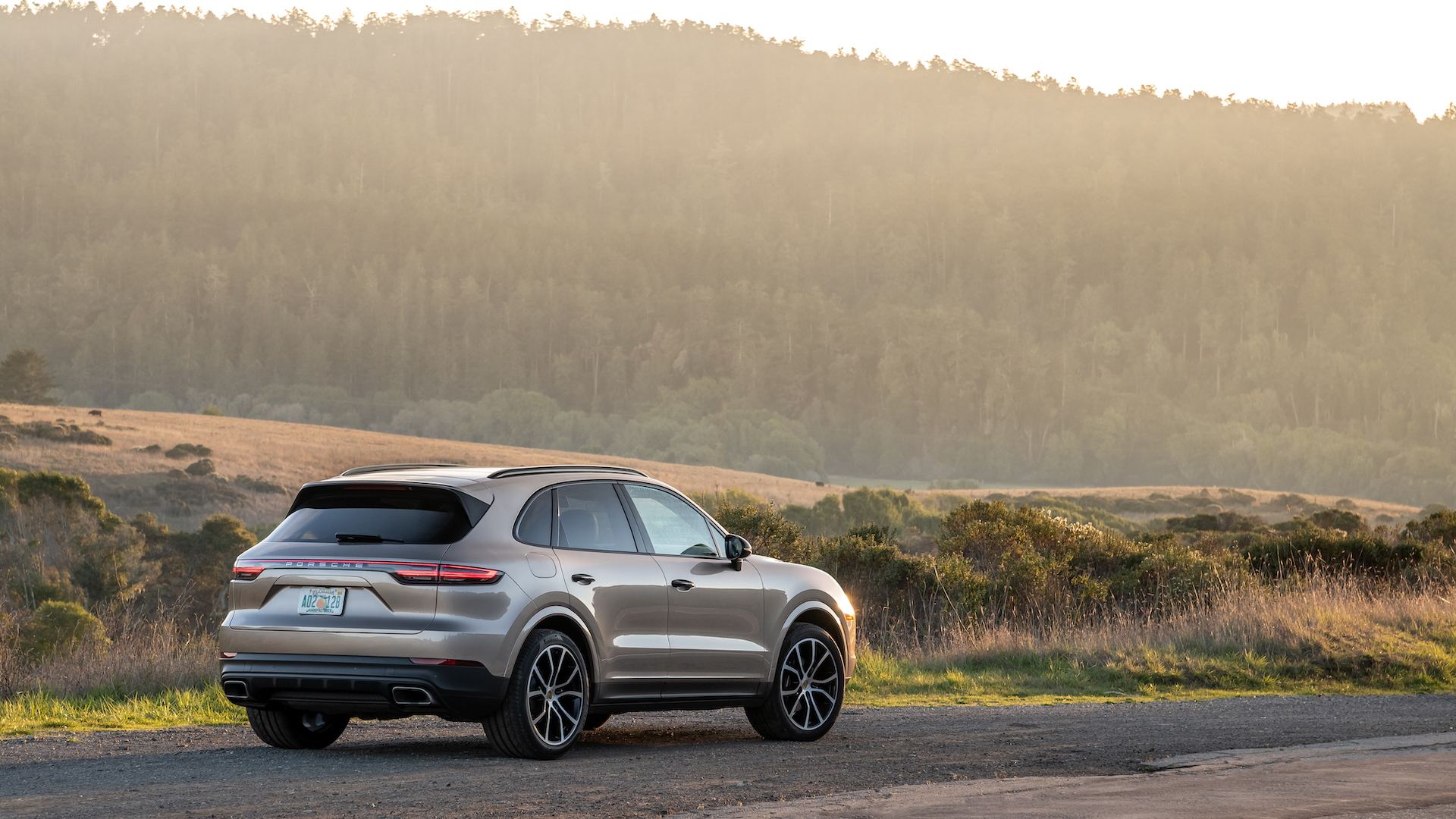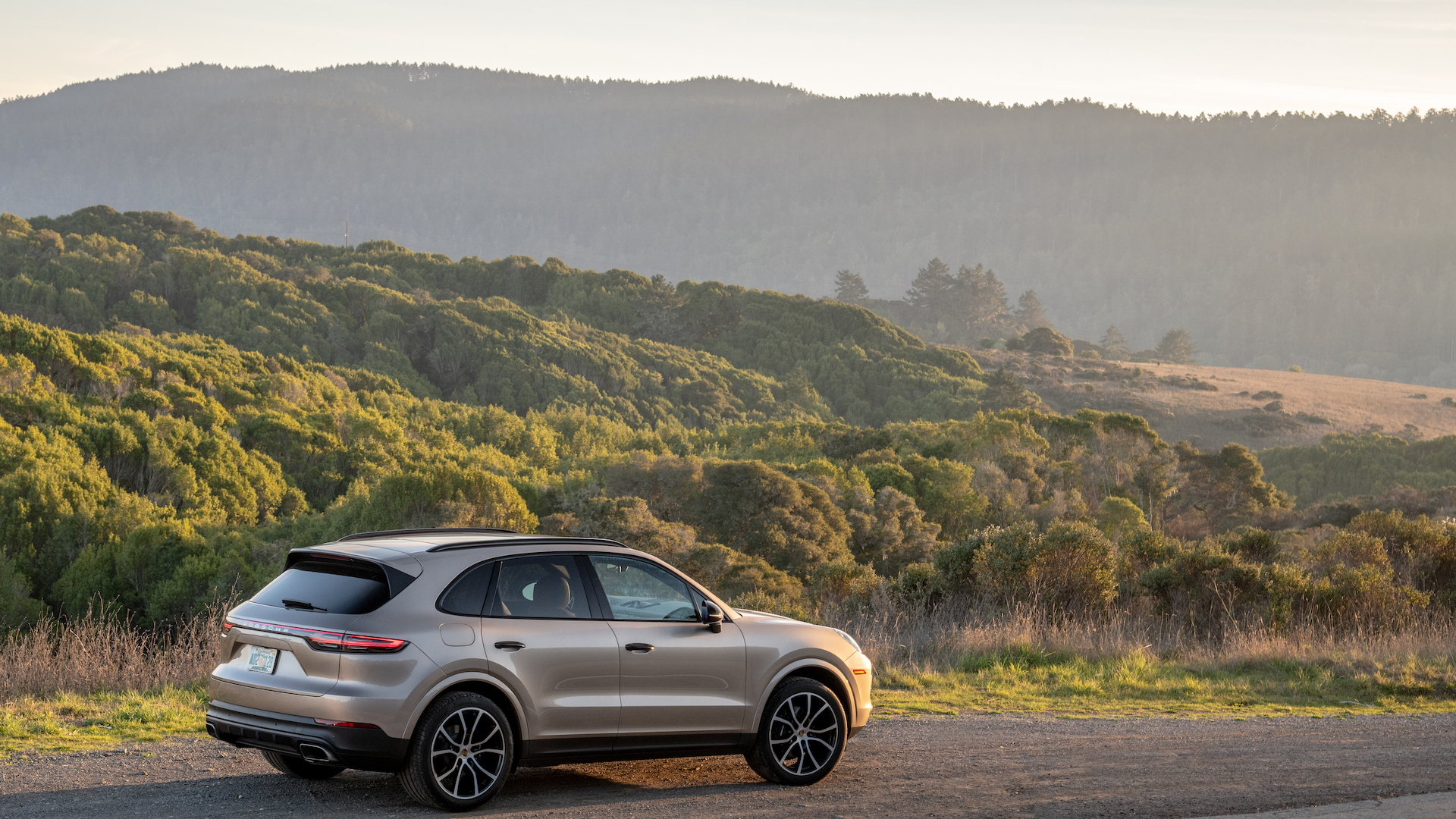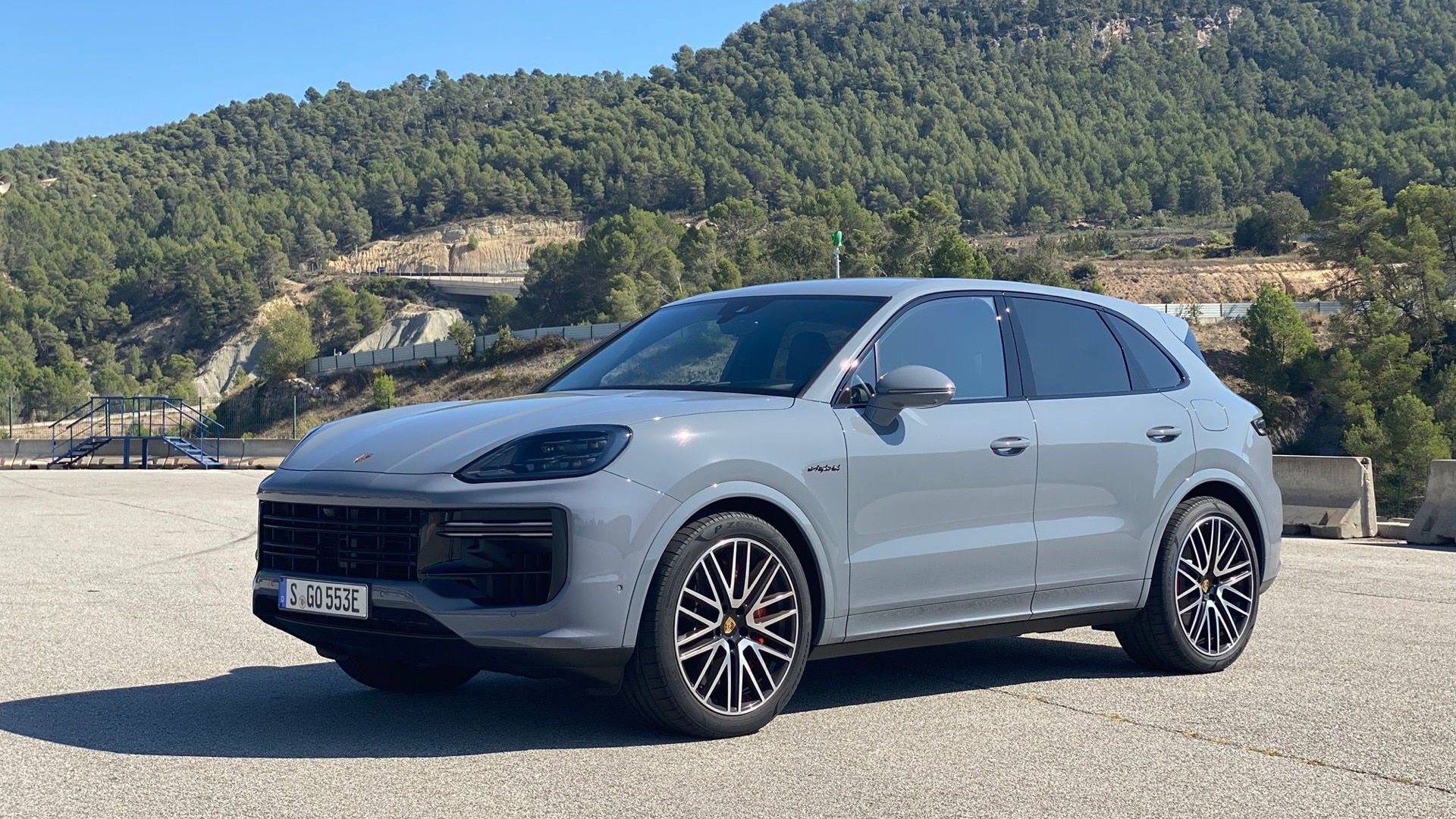It looked like heresy when Porsche released its first SUV in 2002, but it turned out to be a brilliant move. The Cayenne quickly took the mantle as the brand’s best-seller, and it became an adage that the Cayenne enabled Porsche to keep building sports cars.
The move also turned out to be prophetic. While BMW and Mercedes had already offered SUVs, the Porsche was something more. The concept of an SUV from an ultra-luxury brand hadn’t been considered until then, and now brands such as Bentley, Lamborghini, Maserati, and Rolls-Royce have built their own.
The Cayenne enters its third generation for 2019. While it’s still closer to traditional luxury than ultra-luxury, the Cayenne is moving upmarket this year, especially the base model.
I recently spent some quality time in a couple versions of the base 2019 Porsche Cayenne in Napa Valley, California, and learned four ways the Cayenne is moving upscale this time around.
DON'T MISS: 2019 Porsche Cayenne first drive review: An epoch-ending SUV

2019 Porsche Cayenne
Better power for base buyers
The base engine for the 2018 Cayenne was almost an insult. It was the tried-and-true Volkswagen VR6 3.6-liter V-6. It’s a fine engine in a VW, but it’s hardly premium. With 300 horsepower and 295 pound-feet of torque, it motivated the Cayenne from 0-60 mph in 7.3 seconds. That’s VW Tiguan territory, and hardly worthy of anything wearing a Porsche badge.
The new engine is a turbocharged 3.0-liter V-6 that churns out 335 hp and 332 lb-ft of torque. The twin-scroll turbo mounted between the cylinder banks helps improve throttle response. Peak torque comes on at a very low 1,340 rpm, barely above idle.
The differences are night and day. Turbo lag is undetectable and the throttle responds immediately. The 0-60 sprint? A tidy 5.9 seconds in standard trim or 5.6 seconds when buyers order the Sport Chrono package. The top speed increases from 143 to 152 mph. This is the same engine that’s in the Macan S, and it makes the base Cayenne a much better buy. It makes it feel like a Porsche.

2019 Porsche Cayenne

2019 Porsche Cayenne body in white
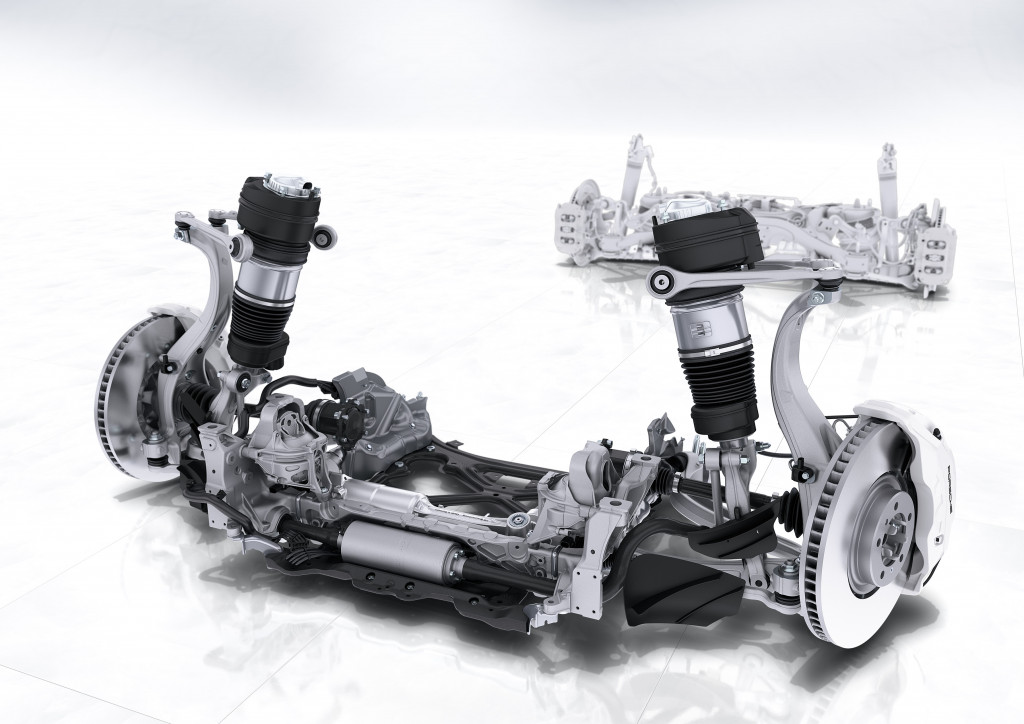
2019 Porsche Cayenne Turbo front axle
Improved body rigidity and suspension systems
The 2019 Porsche Cayenne drops weight thanks to greater use of aluminum in the body (now up to 47 percent). The body cuts 297 pounds and Porsche saves another 22 with a lithium-ion battery, but additional equipment means the vehicle loses a total of 120 pounds. Additional welds stiffen the body by 20 percent.
The front suspension changes from double wishbones with a steel subframe to a multi-link MacPherson strut design with an aluminum subframe. Porsche also adds new three-chamber air springs as an option versus last year’s two-chamber air springs, switches to staggered tire sizes for improved agility and comfort, upgrades to a 48-volt system to control the active roll bars for quicker response, and adds rear-axle steering for the first time as an option.
CHECK OUT: 2019 Porsche Cayenne deep dive
Porsche offers three suspension setups. The base version has steel coil springs and a rather tall ride height that is 8.3 inches off the ground. Spend $1,130 for the Sport Chrono Package and you get adaptive dampers. The top suspension runs $4,160 and includes both the adaptive dampers and the aforementioned air springs. It also comes with a standard ride height of 7.4 inches that drops to 6.7 inches in the Sport + mode or when the driver chooses the low setloting from the center screen. For aerodynamic purposes, an even lower 6.3-inch setting is triggered when the Cayenne reaches 130 mph, and a 5.2-inch kneel position can be set from the rear hatch to make it easier to load cargo into the Cayenne. Porsche also offers two taller settings of 8.4 and 9.4 inches for off-roading. The air springs are versatile.
The $4,160 for the air springs is money well spent. The tall ride height of the base suspension amplifies the effects of bumps, divots, and lateral forces on passengers. That causes some uncomfortable head bob and sway as the Cayenne deals with road imperfections and dynamic events. It’s not a deal-breaker, but it can be wearisome.
The lower ride height of the air suspension makes the Cayenne ride more like a car. It leans less in corners and transfers its motions to passengers far less frequently. The driver also gets a better feel for the road through the steering wheel. It’s a win-win. I didn’t test the rear-axle steering, but it shortens the turning circle from 39.7 to 37.8 feet and almost certainly makes this fairly big SUV feel more nimble. You’ll have to decide if it’s worth the extra $1,620.
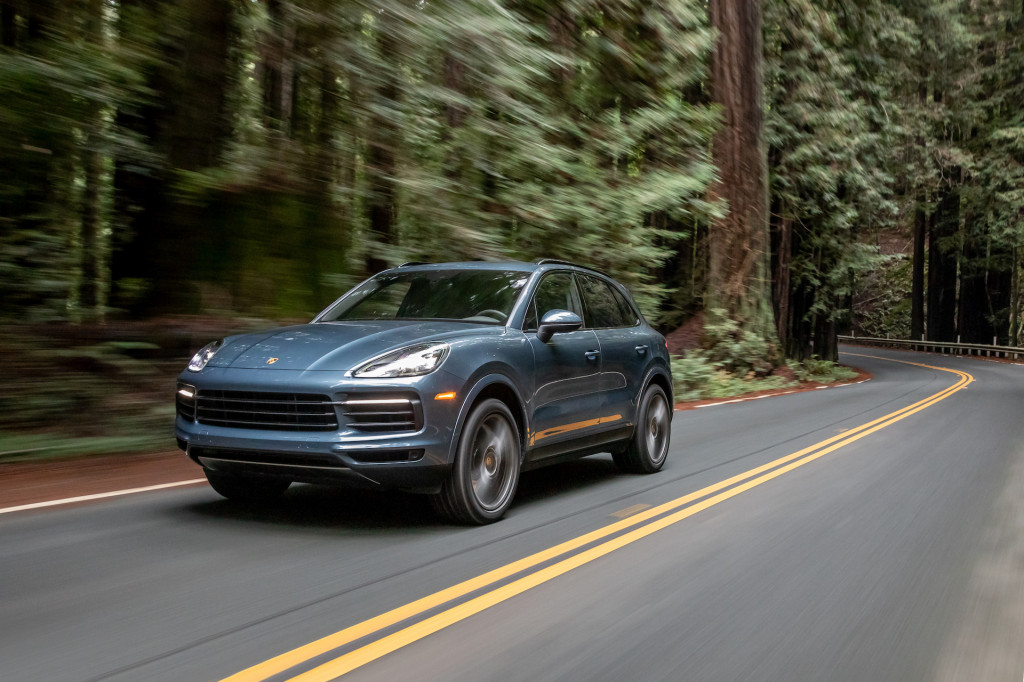
2019 Porsche Cayenne

2019 Porsche Cayenne

2019 Porsche Cayenne PSCB brakes
Bigger and innovative brakes
Across the board, the 2019 Porsche Cayenne benefits from bigger brakes and it also adds an innovative new type of brake rotor. The latter are called Porsche Surface Coated Brakes, and their rotors feature a burnished layer of tungsten-carbide. The brakes are big at 16.3 inches in diameter up front and 14.4 inches out back and use 10-piston calipers up front and four-piston calipers in the rear. (Your family sedan probably has one piston at each corner, so it’s 24 pistons short.)
ALSO SEE: 2019 Lamborghini Urus first drive review: All-around superstar
The PSCBs have a firm initial bite that takes getting used to, but they felt natural to me. They are a $3,490 option, but Porsche says they last 30-100 percent longer than typical iron brakes. They also create 90 percent less brake dust, and they are more resistant to fade during performance driving. Seems like a good midway point to carbon ceramics to me.

2019 Porsche Cayenne
More equipment
The 2019 Porsche Cayenne comes standard with features that the 2018 model either made optional or lacked. On the outside, it gets LED headlights with four-point LED daytime running lights, LED taillights, 1-inch larger wheels all around (19s are now standard, and buyers can choose 20s and 21s), a body-color roof spoiler, and thermally insulated glass. Inside, the Cayenne adds LED lighting, 10-position recline adjustments for the rear seats, and the new Connect Plus infotainment system.
The infotainment system is big step forward in usability and connectivity. It includes a 12.3-inch touchscreen, a 4G LTE hotspot for wi-fi, a navigation system that connects through the cloud to provide real-time traffic information, internet radio, and links to Amazon Music and Nest Smart Home devices. Up to six drivers can create a personalized home screen using tiles to make their favorite functions easy to access.

2019 Porsche Cayenne
The takeaway
All of the above comes for a base price of $66,750, a $5,100 increase versus the 2018 model. That’s quite a jump, but the 2019 changes make the base Cayenne a much better vehicle. With its weak V-6, the 2018 model required any self-respecting Porsche buyer to move up to an S model to get a viable engine. Now, given the extra power, better handling, and added equipment, that five grand jump is well-deserved.
Porsche provided travel and lodging to Internet Brands Automotive to bring you this firsthand report.
